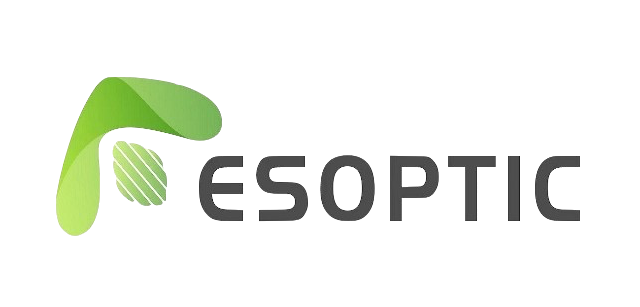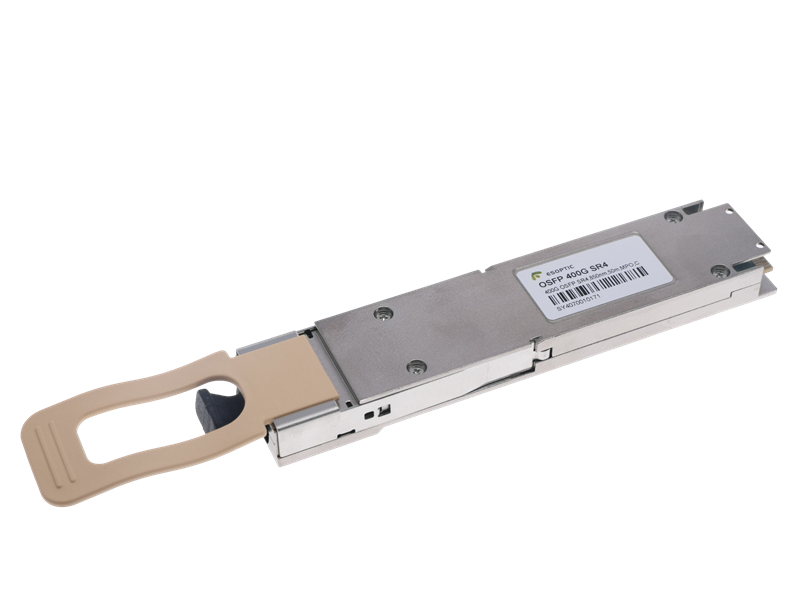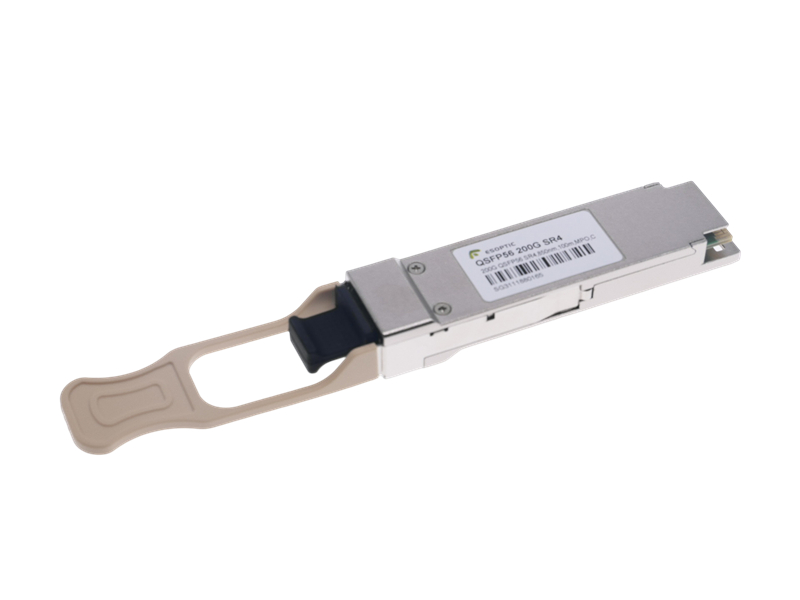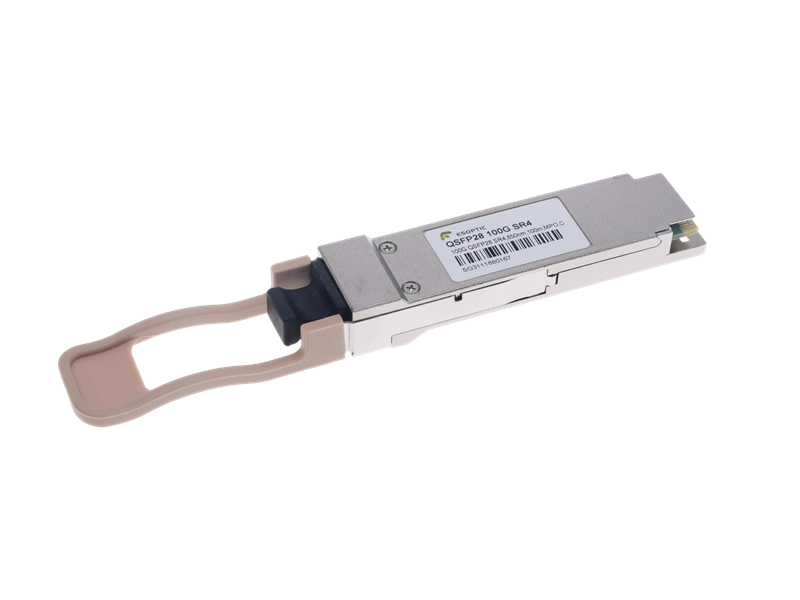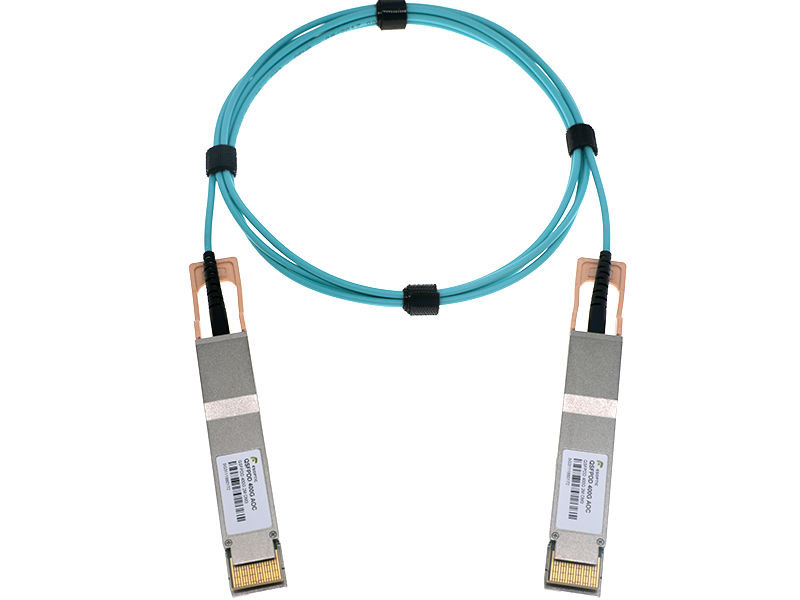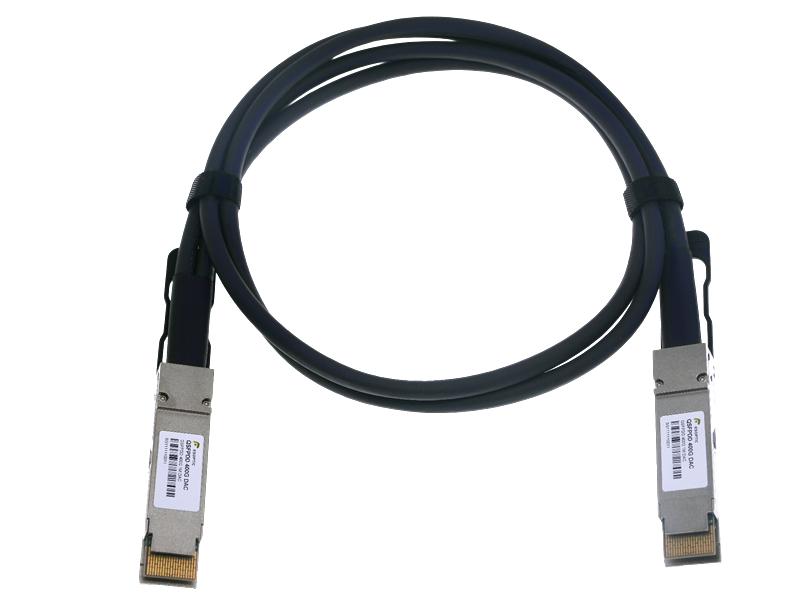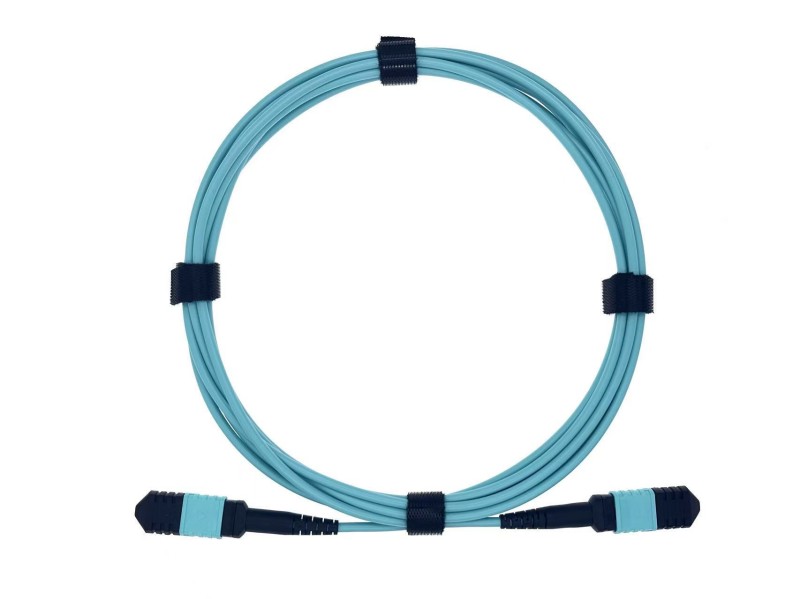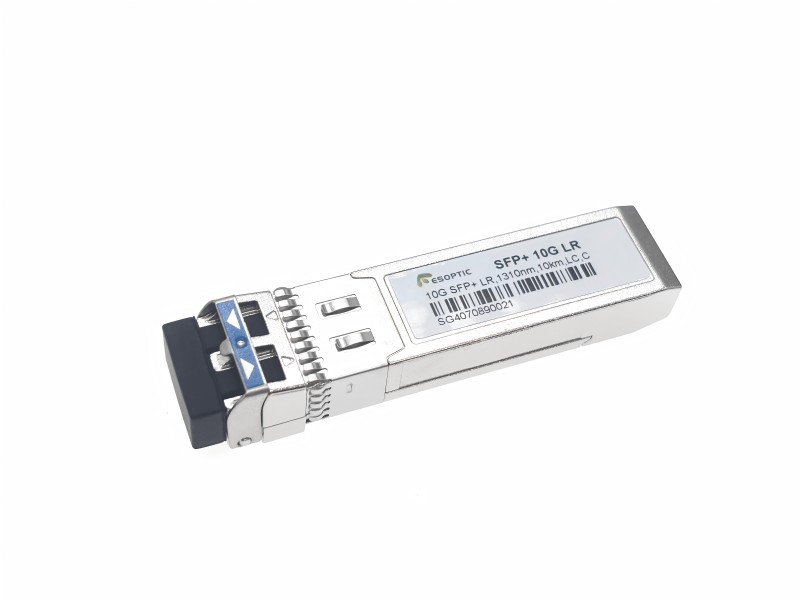As global networks push toward faster, more energy-efficient transmission, technologies like DSP(Digital Signal Processing), LPO(Low Power Optimization), and LRO(Long Reach Optimization) are playing increasingly important roles in optical communication. From data centers to long-haul networks, these three concepts form the backbone of next-gen transceivers. In this blog, we break down what DSP, LPO, and LRO mean, how they’re applied, and why they matter for future-proofing high-speed connectivity.

What is DSP(Digital Signal Processing) in Optical Transceivers?
DSP(Digital Signal Processing) refers to a chipset-based technique that converts analog optical signals into digital data, enabling advanced modulation, dispersion compensation, and error correction. It’s a critical feature in modern transceivers operating at 100G and beyond.
With DSP, transceivers can clean up signal noise, reduce distortion, and maintain transmission integrity over longer distances. In practice, this allows high-speed modules to perform reliably even in dense, high-interference environments such as hyperscale data centers. Moreover, DSP allows for adaptive equalization and advanced coding schemes, extending the reach and robustness of the optical link.
LPO(Low Power Optimization): Efficiency Without Compromise
LPO(Low Power Optimization) focuses on reducing the power consumption of transceivers and other optical components. As data centers grow and interconnect speeds increase, energy usage becomes a serious concern—both financially and environmentally.
LPO is typically applied in modules designed without DSP. While these modules sacrifice some signal correction capabilities, they dramatically reduce power draw. LPO-based modules are ideal for short-reach applications like intra-data center links, where power efficiency is more critical than long-distance performance.
When used properly, LPO helps lower the total cost of ownership and supports greener infrastructure goals. As the industry moves toward energy-optimized networks, LPO is becoming a go-to feature for many operators.
LRO(Long Reach Optimization) for Extended Distance Transmission
LRO(Long Reach Optimization) enables high-speed signal transmission over longer distances without significant signal degradation. In optical networking, maintaining signal quality over extended fiber lengths is a constant challenge due to factors like dispersion and attenuation.
With LRO, optical modules are engineered to push the limits of reach—often in combination with DSP—to meet the demands of applications such as metro networks, DCI (data center interconnect), and long-haul links. The result is a stable, high-quality signal that can travel further without regeneration.
LRO also supports flexible deployment across both single-mode and multimode fiber networks, depending on the application needs. It’s particularly relevant for 400G and emerging 800G deployments where reach is critical.

Choosing Between DSP, LPO, and LRO: Use Case Considerations
Choosing the right combination of DSP(Digital Signal Processing), LPO(Low Power Optimization), and LRO(Long Reach Optimization) depends on several factors: link distance, power budget, thermal constraints, and system architecture.
For short-reach (≤100m): LPO-based modules are often sufficient, especially on multimode fiber.
For mid-reach (100m–2km): A hybrid approach with DSP and moderate LRO might be needed, typically using single-mode optics.
For long-reach (≥10km): DSP and LRO are both critical for maintaining signal quality.
By aligning technology choices with real deployment scenarios, network designers can achieve the best balance of performance, efficiency, and cost.
FAQ: Common Questions About DSP, LPO, and LRO
Q1: What is the key benefit of DSP(Digital Signal Processing) in optical modules?
A1: DSP improves signal integrity through real-time correction, enabling high-speed transmission over longer distances.
Q2: When should I use LPO(Low Power Optimization) transceivers?
A2: LPO modules are ideal for short-range, low-power environments such as intra-data center links where energy efficiency is paramount.
Q3: What applications benefit most from LRO(Long Reach Optimization)?
A3: LRO is best for metro, long-haul, or inter-data center networks where maintaining signal quality over extended fiber distances is crucial.
Q4: Can I combine DSP with LPO or LRO?
A4: Yes. DSP is often used alongside LRO to enable longer reach. However, DSP and LPO are generally alternatives—LPO modules are designed to operate without DSP.
Q5: Which fiber type is better for DSP or LRO use?
A5: Single-mode fiber is typically preferred for long-distance links using DSP and LRO, while multimode is common in short-range, LPO-based deployments.
Conclusion
Technologies like DSP(Digital Signal Processing), LPO(Low Power Optimization), and LRO(Long Reach Optimization) are redefining the performance envelope of optical transceivers. Each serves a unique role—whether enhancing signal clarity, cutting down power usage, or extending reach. Understanding when and how to use each is essential for designing scalable, future-ready optical networks.

